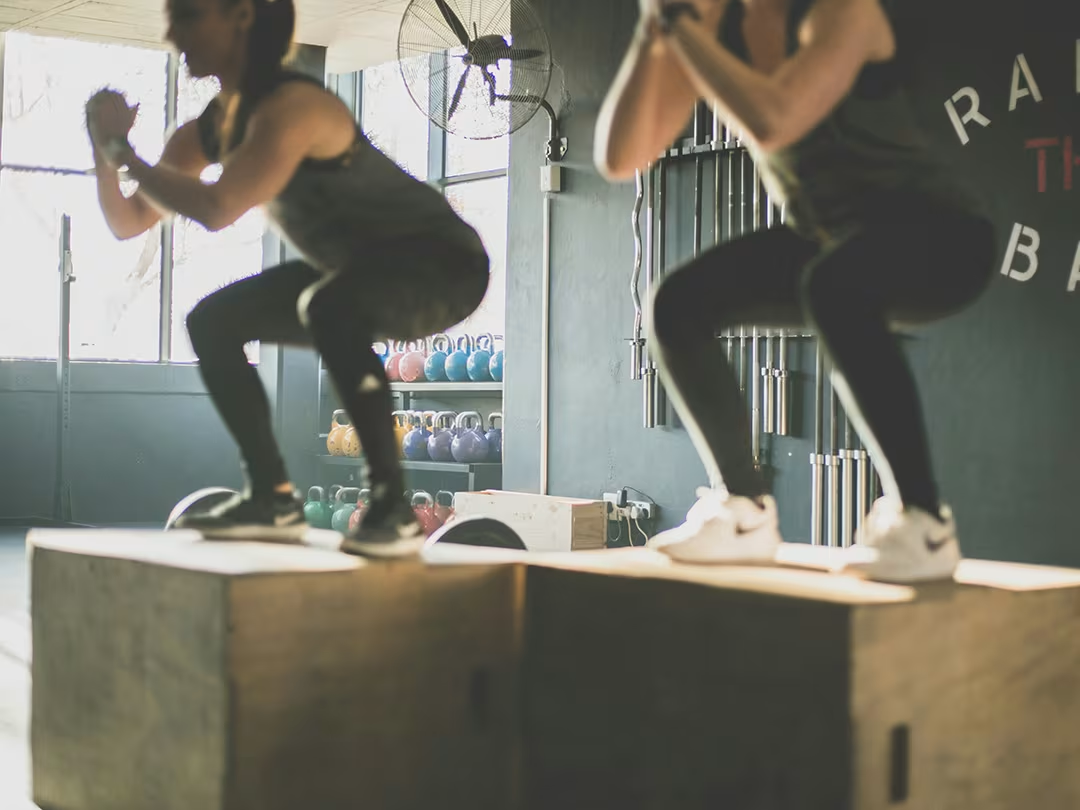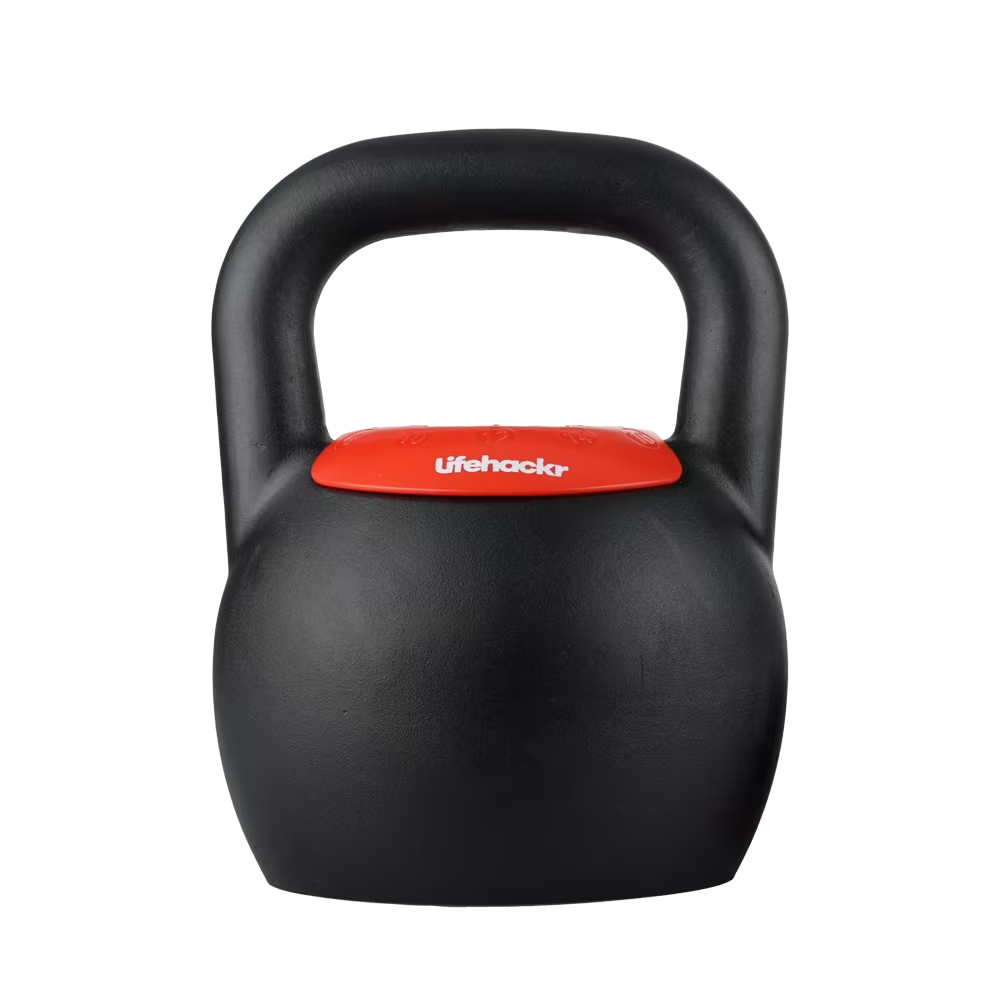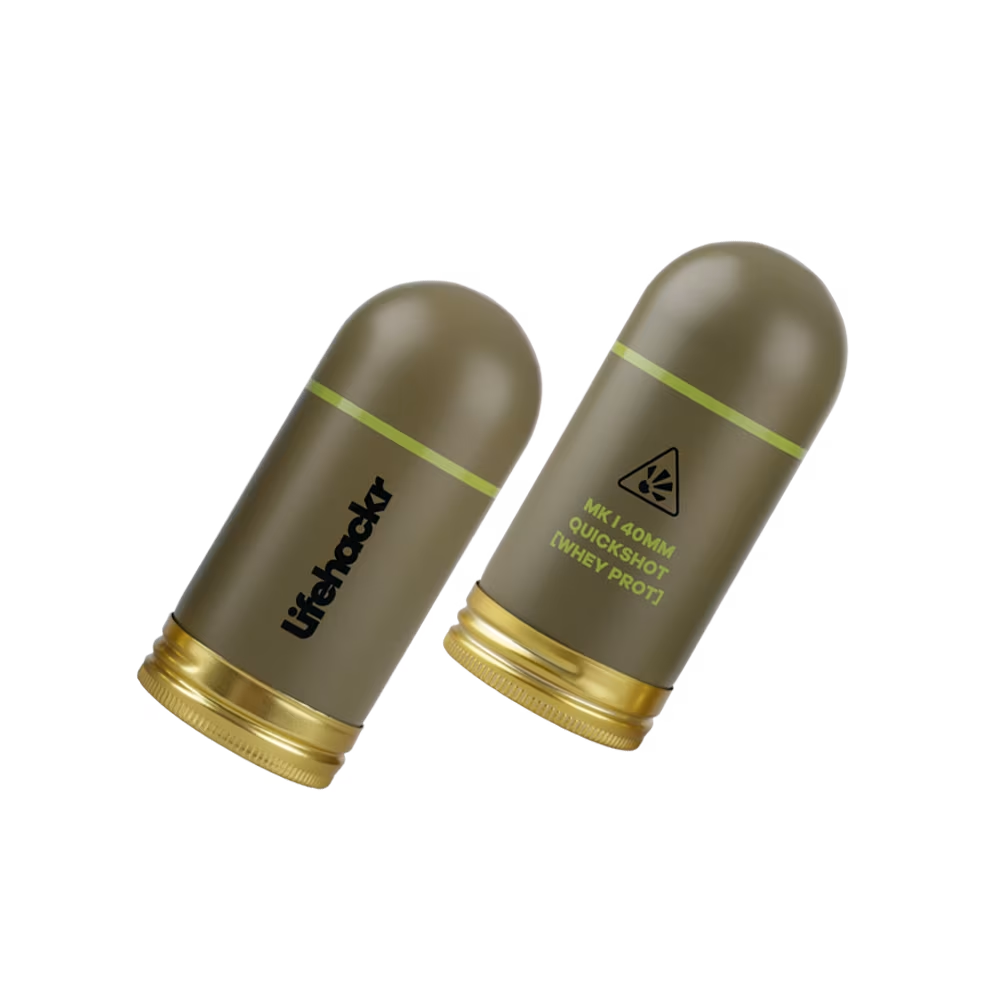
Plyometric Power: How Jump Training Improves Strength, Agility, and Longevity
Jumping isn’t just for athletes chasing medals. It’s one of the most primal, functional movements we can do—and it carries benefits that reach far beyond the court, field, or track. Whether you’re leaping for a rebound, bounding up stairs, or simply playing with your kids, the ability to generate explosive force quickly is a key marker of athleticism and overall health.
Plyometric training—movements that involve rapid stretching and contracting of muscles—trains this explosive power. But it also does much more: it builds resilience in joints and connective tissues, improves coordination, and even helps maintain muscle and bone density as you age.
1. Strength in the Stretch-Shortening Cycle
Plyometrics target the stretch-shortening cycle—the rapid transition from muscle lengthening to contraction. This is what allows you to store and release elastic energy for powerful movements. The result? Faster sprints, higher jumps, and quicker changes of direction.
2. Agility That Transfers to Real Life
Improved reaction time and coordination aren’t just for sports—they help you navigate uneven terrain, catch yourself during a slip, and stay mobile well into later years.
3. Joint and Tendon Resilience
Controlled, progressive plyometrics strengthen tendons and ligaments, making them more resistant to injury. This tissue-level conditioning is something traditional strength training often misses.
4. Metabolic Benefits in Minimal Time
Explosive movements are metabolically demanding, leading to high calorie burn during and after the session. They also improve fast-twitch muscle fiber function, which tends to decline with age.
5. Longevity Through Power Maintenance
Studies link lower-body power to reduced risk of falls and greater independence in older adults. Maintaining the ability to jump—at any level—can literally keep you on your feet longer in life.
How to Start Safely
- Master the basics first: Bodyweight squats and lunges should be pain-free before adding impact.
- Begin low and slow: Start with low box jumps, jump rope, or skipping drills.
- Progress gradually: Increase height, distance, or complexity over weeks, not days.
- Prioritize landing mechanics: Soft, quiet landings protect joints and improve control.
Bringing It All Together
Plyometrics are the ultimate efficiency play—training strength, speed, agility, and resilience in one package. The LIFEHACKR® Jump mini-app builds progressive, joint-safe programs tailored to your fitness level, tracks performance gains, and ensures you’re building power that lasts a lifetime.









